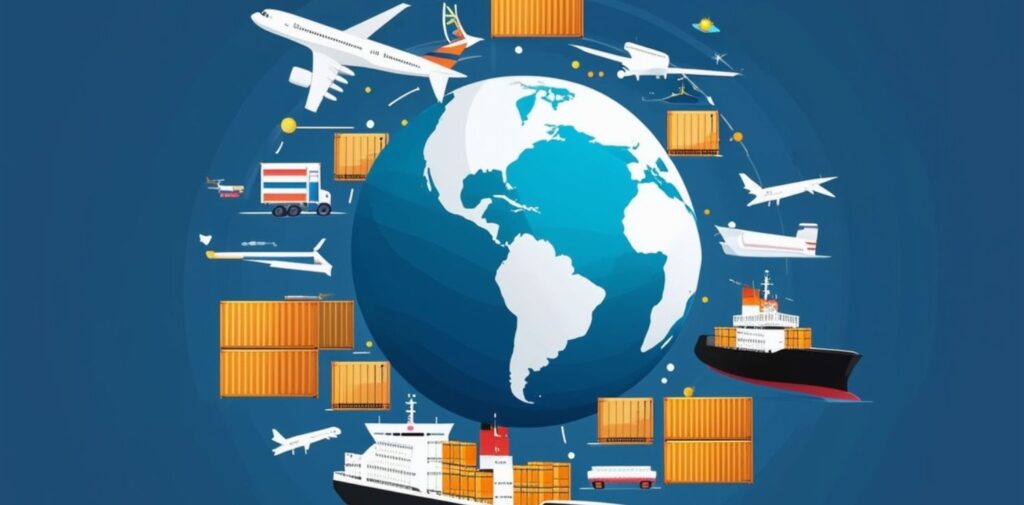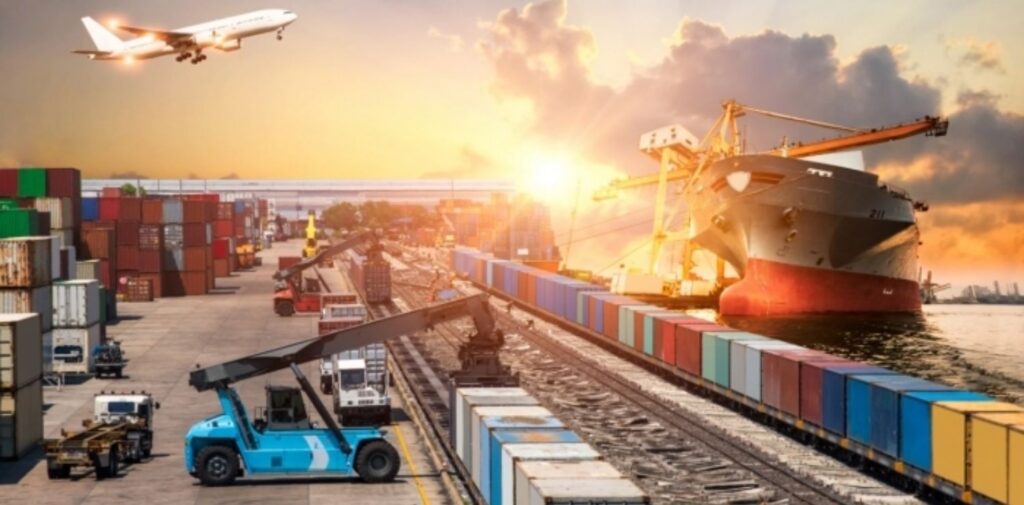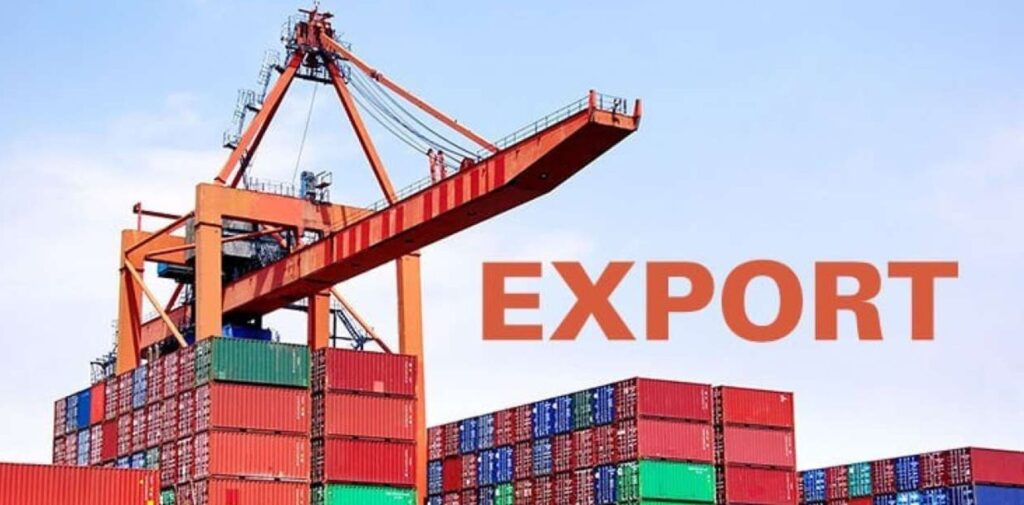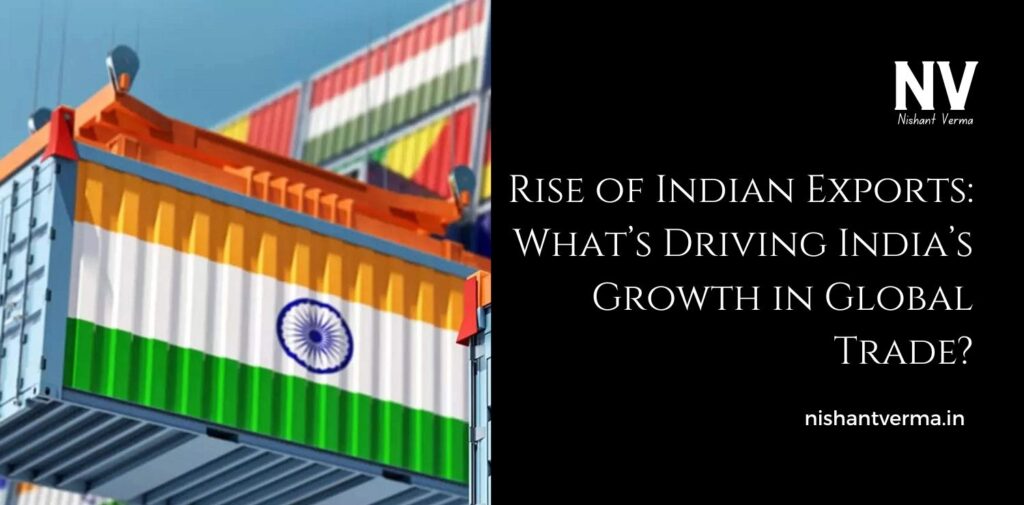India, a country with a rich history and diverse culture, has also become an important player in global trade. Over the past few decades, India’s exports have been growing rapidly, helping the country become a significant part of the world economy. But what exactly is driving this growth in Indian exports? How has India managed to increase its exports and expand its trade relations with other countries?
In this article, we will explore the factors behind India’s rise in global trade and why Indian products are now in demand across the world.
What Are Exports?
Before we dive into the reasons behind the rise in Indian exports, let’s first understand what exports are. Exports refer to goods and services that are produced in one country and sold to another country. For example, if India sells its products like clothes, spices, or technology to the United States, those items are considered exports.
Exports are very important because they help a country earn money from other nations. This money can then be used to improve the country’s economy, create jobs, and raise the standard of living for its people.

India’s Growing Role in Global Trade
India’s exports have been growing faster than ever before. In the last few years, the country has seen a steady rise in the number of products it sells to countries around the world. India is now one of the top exporters of many things, including textiles, chemicals, jewelry, machinery, and software.
The Indian government has also been focused on improving the country’s trade relationships with other countries. Trade agreements, better policies, and improved infrastructure have helped boost India’s exports. But there are several other factors at play that have contributed to India’s growth in global trade.
Key Drivers Behind India’s Export Growth
Strong and Diverse Manufacturing Sector
One of the main reasons India’s exports are growing is because of its strong manufacturing sector. India produces a wide variety of goods, from clothing and textiles to chemicals, machinery, and electronics. The country has developed the capacity to manufacture products that meet international quality standards, making them attractive to buyers in other countries.
India’s manufacturing sector is not limited to one or two industries; it covers almost every sector. This diversity allows India to export many different kinds of goods to various markets around the world.
Global Demand for Indian Services
Apart from products, India is also a major exporter of services, especially in the areas of information technology (IT) and software. Many countries around the world rely on India for IT solutions, tech support, and software development. Indian companies like Infosys, TCS, and Wipro provide technology services to businesses globally.
India’s IT industry has gained a reputation for being efficient and cost-effective, making it a top choice for companies looking for technology services. As technology continues to grow, the demand for Indian services has been increasing, contributing significantly to India’s export growth.
Government Support and Trade Policies
The Indian government has been actively supporting the export sector. It has introduced various policies and schemes that make it easier for businesses to export their products. For example, the government has launched programs like the Make in India initiative, which encourages companies to manufacture products in India and sell them abroad.
Additionally, the government has been working on improving trade agreements with other countries. These agreements help reduce taxes, tariffs, and other barriers to trade, making it easier for Indian companies to export their products and services.

Better Infrastructure and Logistics
A strong export sector also requires good infrastructure, such as ports, roads, and airports. In recent years, India has made significant improvements to its infrastructure. Modern ports, airports, and highways have helped make the transportation of goods faster and more efficient.
With improved logistics, Indian businesses can now get their products to international markets more easily. This has helped reduce costs, which makes Indian goods more competitive in global markets. As a result, more buyers from around the world are interested in purchasing products from India.
Competitive Prices and Quality
India has also gained a reputation for offering competitive prices and good quality products. Many countries find Indian products to be affordable while still meeting international quality standards. This makes Indian exports attractive to buyers, especially in developing countries where cost is an important factor.
For example, Indian textiles and garments are highly sought after for their quality and affordability. Similarly, India’s pharmaceutical industry is known for producing medicines at competitive prices, making it a leading supplier of generic drugs to many countries.
Rise of Small and Medium Enterprises (SMEs)
In recent years, small and medium enterprises (SMEs) in India have been playing a big role in the export sector. These smaller businesses, which produce everything from handicrafts to electronics, have started tapping into international markets. The rise of digital platforms and e-commerce has helped these businesses reach global customers, allowing India to export a wider variety of goods.
Many of these SMEs are producing unique and specialized products that are in demand in niche markets around the world. This diversification has helped India’s export sector grow even further.
India’s Skilled Workforce
India has a large, skilled workforce, particularly in industries like IT, engineering, and pharmaceuticals. This talent pool has made Indian products and services highly competitive in the global market. Highly trained workers in these fields are able to produce high-quality goods that meet the needs of international customers.
The country’s educational system has also contributed to this by producing a large number of professionals in fields like technology, medicine, and engineering, who help drive the export sector forward.
Focus on Innovation and Technology
Innovation and technology have also played a key role in the rise of Indian exports. Indian businesses are increasingly using modern technologies like automation, artificial intelligence, and robotics to improve their manufacturing processes. This has allowed them to increase production, reduce costs, and enhance product quality.
As technology continues to improve, Indian businesses are becoming more efficient and competitive, helping them expand their reach in global markets.
Diversification of Export Markets
India has been working hard to diversify its export markets. In the past, many of India’s exports were focused on traditional markets like the United States, Europe, and the Middle East. However, India has been expanding its reach to countries in Asia, Africa, and Latin America. This has allowed India to reduce its dependence on a few markets and tap into new growth opportunities.
By diversifying its export markets, India is better protected from economic slowdowns or trade disruptions in any single region. This approach has helped India increase its export growth and reach new customers around the world.

Challenges to India’s Export Growth
While India’s export sector is growing, there are still challenges to overcome. These include:
- Global competition: Many countries are competing to export similar products. India must continue to innovate and improve its products to stay ahead.
- Trade barriers: Some countries still have high tariffs or taxes on imported goods, which can make it harder for Indian products to compete.
- Geopolitical tensions: Political or trade conflicts between countries can affect India’s exports, as it may face restrictions or disruptions in trade.
Conclusion – Growth in Global Trade
India’s rise in global trade is a result of many factors, including a strong manufacturing sector, growing service exports, government support, better infrastructure, and a skilled workforce. Indian businesses are becoming more competitive in global markets by offering high-quality products at affordable prices.
While there are still challenges to overcome, India’s export sector is poised for continued growth. With more focus on innovation, diversification, and improving trade relations with other countries, India can continue to expand its presence in global trade and further boost its economy.
The rise of Indian exports is not just a story of economic success—it is also a sign of India’s growing role on the world stage and its potential to shape the global economy in the years to come.




